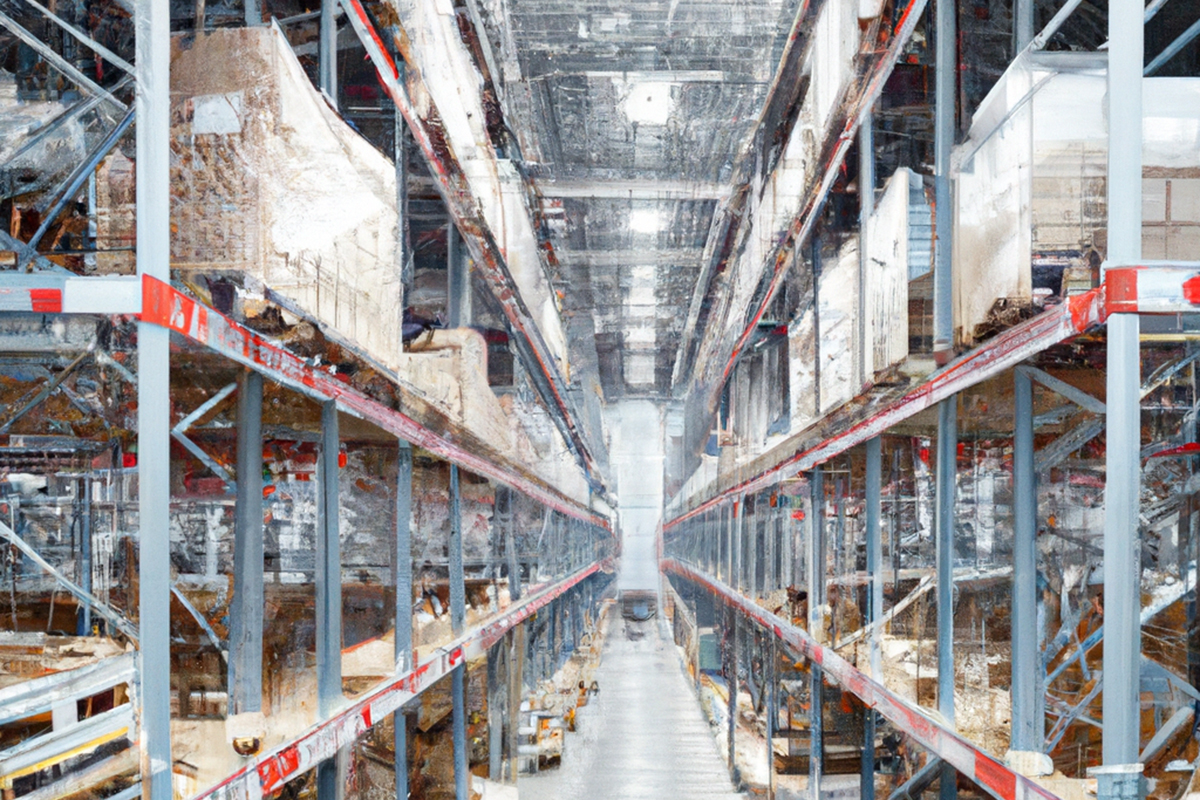As we find ourselves midway through 2023, it's clear that the warehousing industry is undergoing a period of remarkable transformation. Changing consumer expectations, advancements in technology, and a global business environment still reeling from the effects of the COVID-19 pandemic are all driving a rethinking of warehouse operations. Here are some of the key trends shaping the future of warehousing.
1. Automation and Robotics
Automation and robotics continue to be a driving force in warehouse evolution. From automated guided vehicles (AGVs) to robotic picking arms, companies are investing heavily in these technologies to improve efficiency, reduce errors, and deal with labor shortages. As these technologies become more affordable and scalable, they're set to become even more widespread in 2023 and beyond.
2. Artificial Intelligence (AI) and Machine Learning (ML)
Artificial intelligence and machine learning are revolutionizing many aspects of warehouse management. AI-powered predictive analytics can help manage inventory more efficiently and anticipate demand spikes. Machine learning algorithms can optimize picking routes and warehouse layouts. These technologies are increasingly integrated into Warehouse Management Systems (WMS), providing data-driven insights to help improve operations and decision-making.
3. Sustainability
With growing awareness of environmental issues, more businesses are seeking to align their operations with sustainability goals. In warehousing, this is leading to efforts to minimize energy use, reduce waste, and optimize transportation for lower emissions. The adoption of renewable energy sources, like solar panels on warehouse roofs, is another emerging trend.
4. The Rise of the Smart Warehouse
Smart warehouses use IoT devices, AI, and data analytics to optimize operations. Sensors can track goods in real-time, while big data analytics can provide valuable insights for process improvements. The smart warehouse trend represents a shift toward more connected, data-driven, and responsive warehousing operations.
5. E-commerce and Direct-to-Consumer Fulfillment
The e-commerce boom, accelerated by the pandemic, shows no signs of slowing down. Warehouses are increasingly central to e-commerce, fulfilling orders directly to consumers. This requires warehouses to be more flexible, capable of handling a broader variety of items, and faster at picking and packing orders.
6. Urban Warehousing
As consumer expectations for rapid delivery times grow, businesses are increasingly looking to urban warehousing — smaller distribution centers located closer to customers. This trend may continue to reshape the warehousing landscape, making location as important as capacity and technology.
7. Resilience and Supply Chain Diversification
In the wake of supply chain disruptions caused by the pandemic, warehouses are playing a crucial role in building more resilient and diversified supply chains. This includes holding more inventory, serving as backup capacity, and supporting multiple sourcing strategies.
Looking forward, it’s clear that technology and evolving business needs will continue to shape the future of warehousing. As warehouses become more automated, intelligent, and sustainable, they are set to play an even more crucial role in global supply chains. We'll be watching these trends closely and look forward to supporting our clients as they navigate this rapidly evolving landscape.
8. Customization and Personalization
As businesses continue to seek differentiation in a crowded market, the ability to customize and personalize products is becoming increasingly important. Warehouses are on the front lines of this trend, being called upon to handle more complex tasks like product customization, gift wrapping, and personalized packaging. This trend requires more sophisticated pick and pack processes and flexible warehouse systems.
9. Increased use of Augmented Reality (AR)
Augmented reality technology is becoming more prevalent in warehousing. AR can guide pickers to the correct products quickly and accurately, reducing errors and improving efficiency. As AR technology continues to mature and become more cost-effective, expect its use in warehouses to rise.
10. Blockchain Technology
While still in its early stages, blockchain technology holds potential for the warehousing industry. Blockchain can provide a secure, transparent, and immutable record of product movements, helping to improve supply chain traceability and accountability. As blockchain technology evolves and becomes more widely understood, it may become an important tool for warehouses.
As we venture further into 2023, these trends present both challenges and opportunities for the warehousing industry. Successful businesses will be those that can adapt to these changes, leverage new technologies, and find innovative ways to meet the evolving needs of their customers.
In this fast-paced and rapidly changing environment, our company is committed to staying at the forefront of industry trends. We continually invest in new technologies, skills, and best practices to ensure we deliver the best possible service to our customers. The future of warehousing is undoubtedly exciting, and we're ready to help our customers navigate the journey.
Stay tuned for our upcoming blogs where we will dive deeper into each of these trends, exploring their implications and sharing tips on how to leverage them for business success. As always, our team is here to answer any questions you may have about the future of warehousing and how we can support your business goals.
